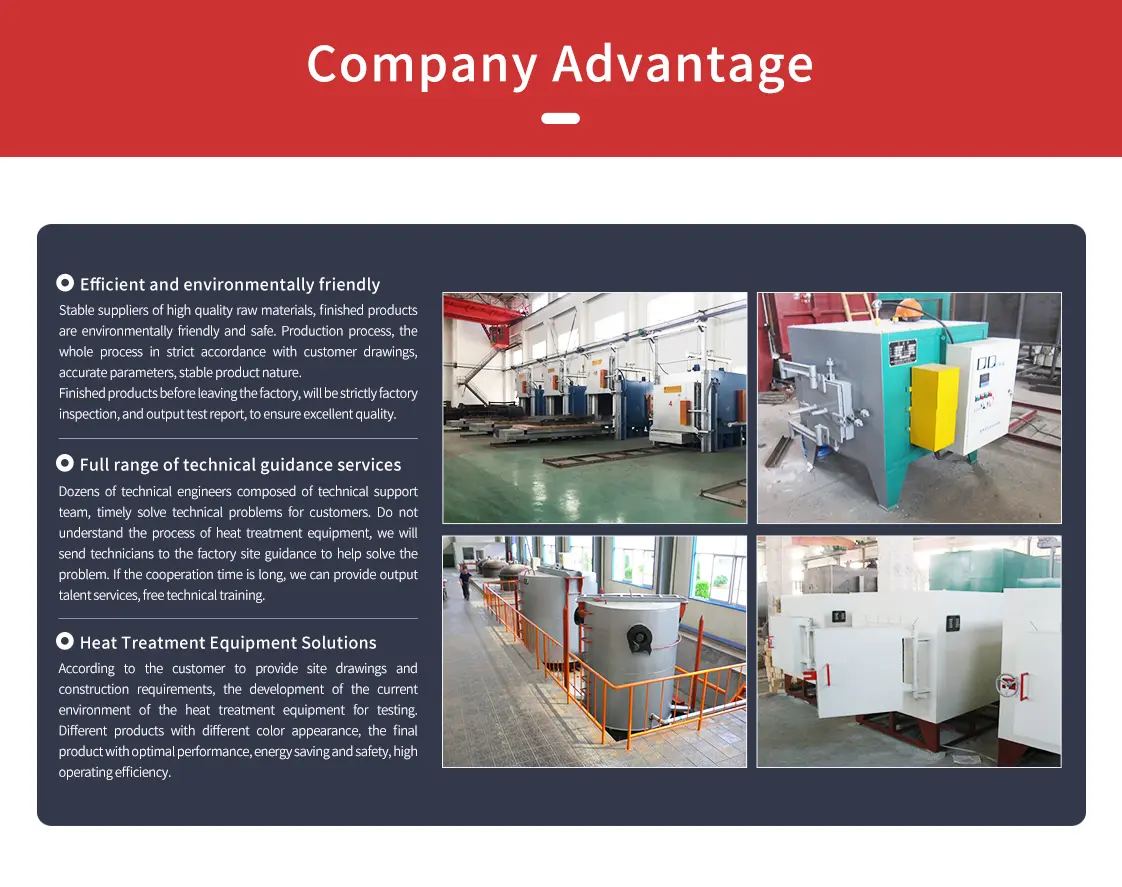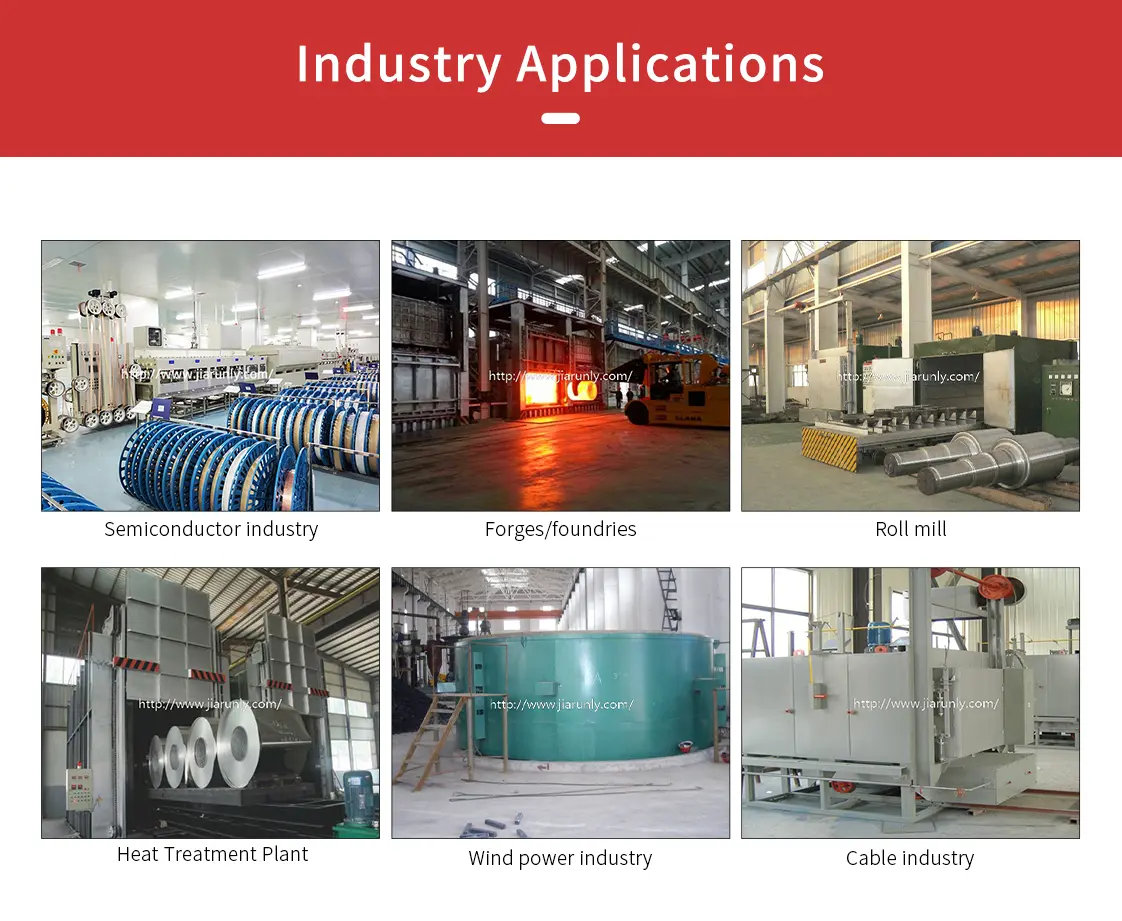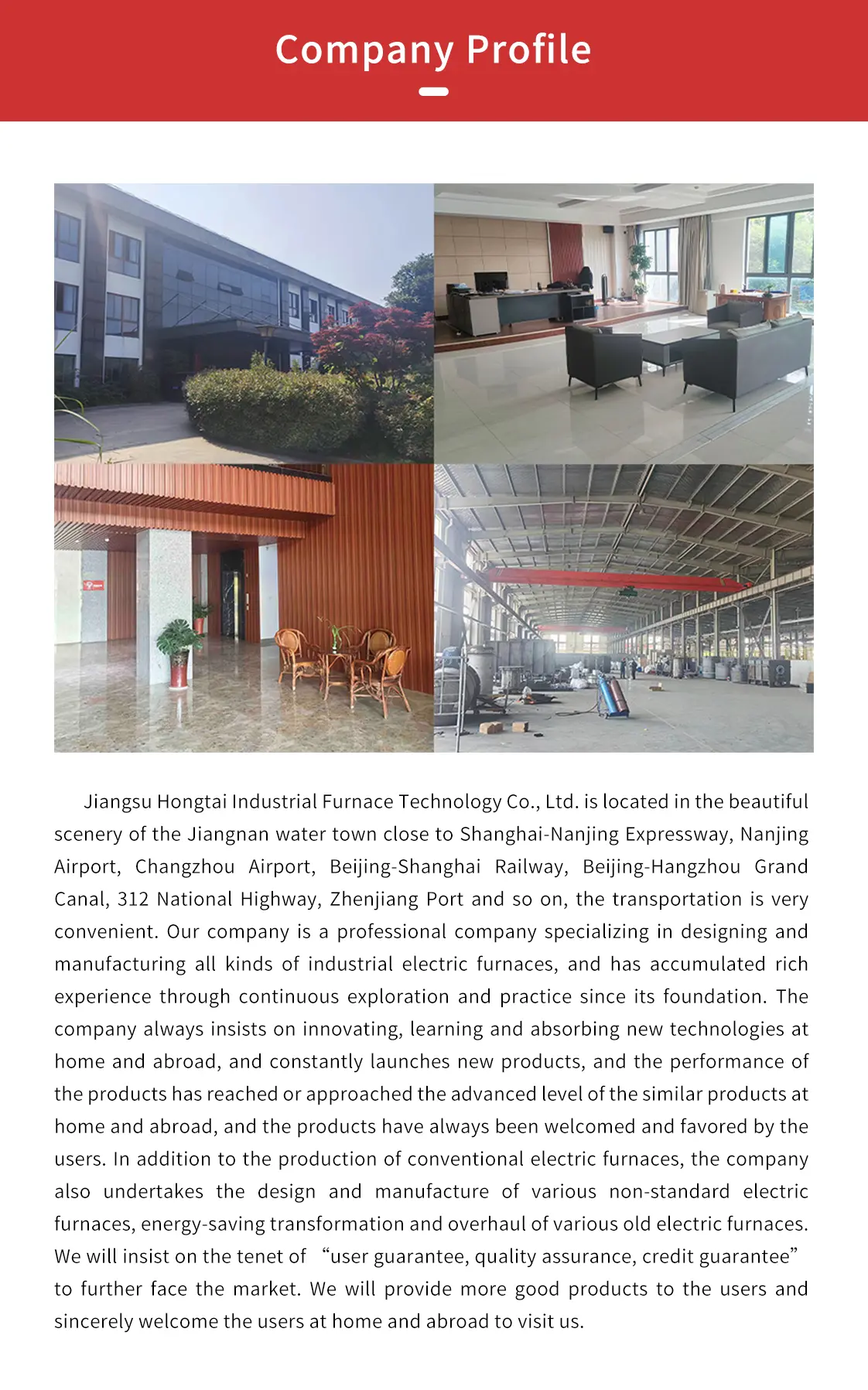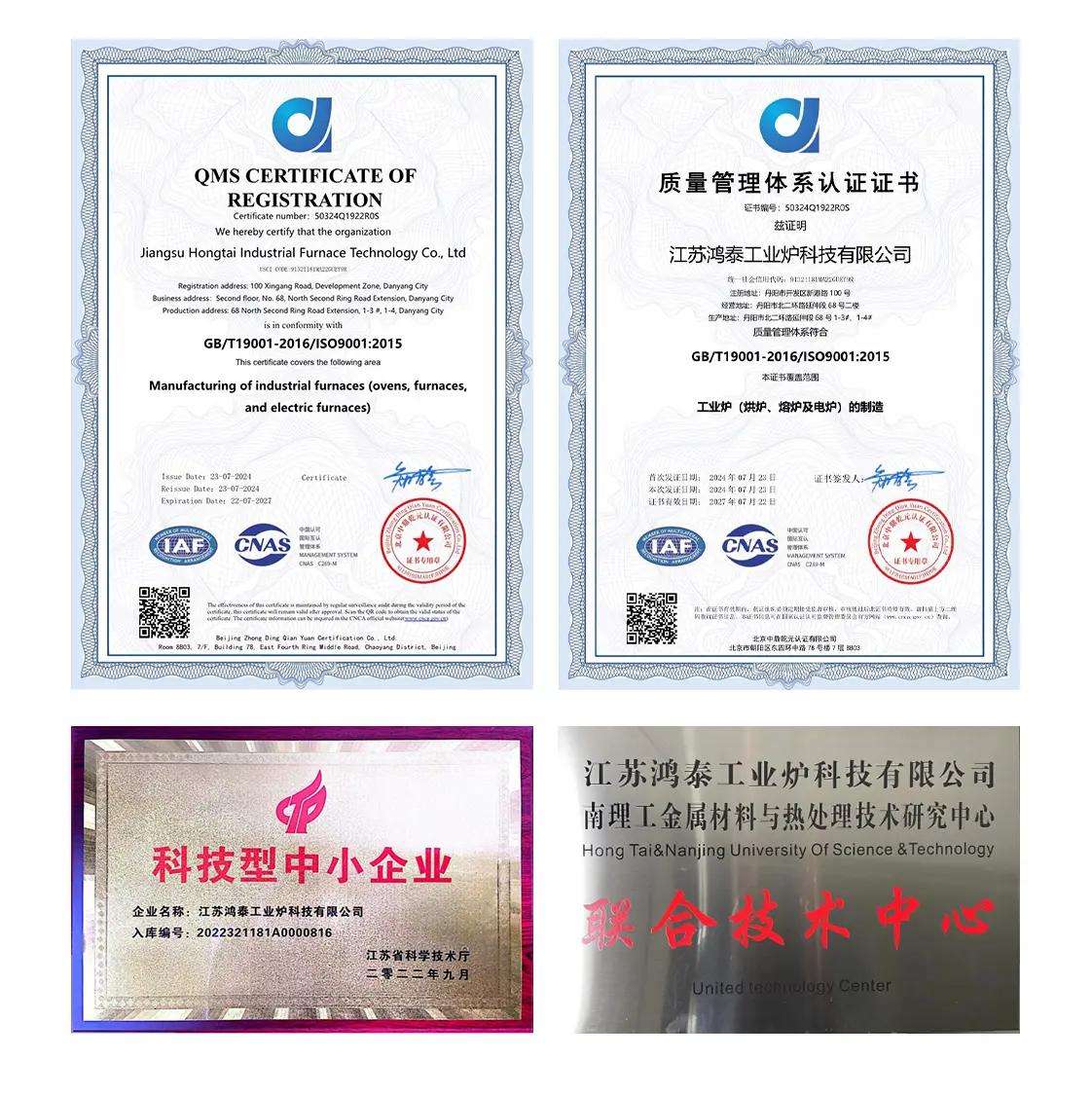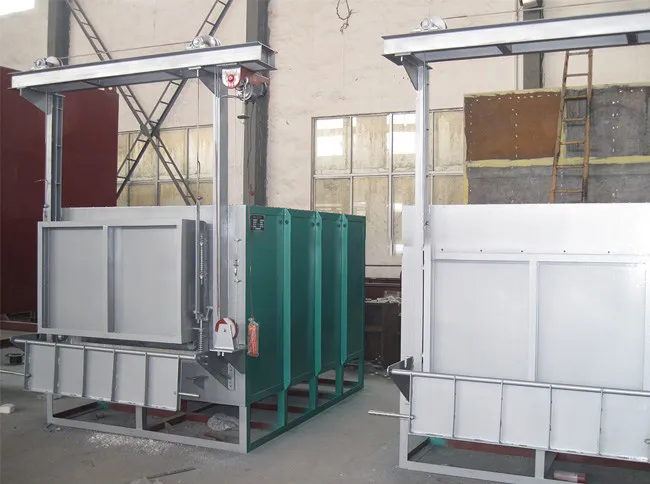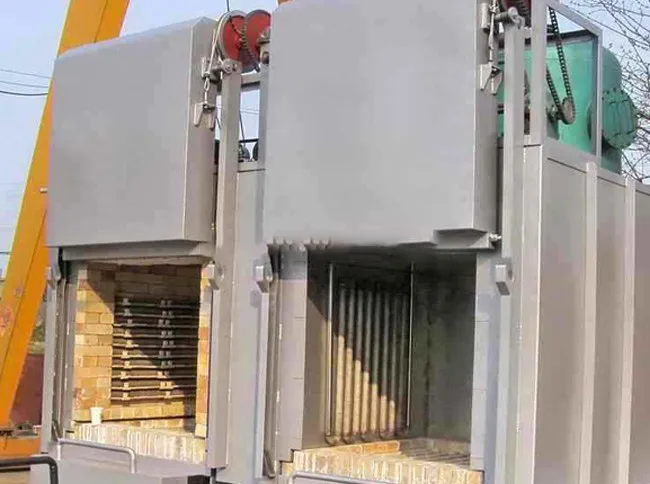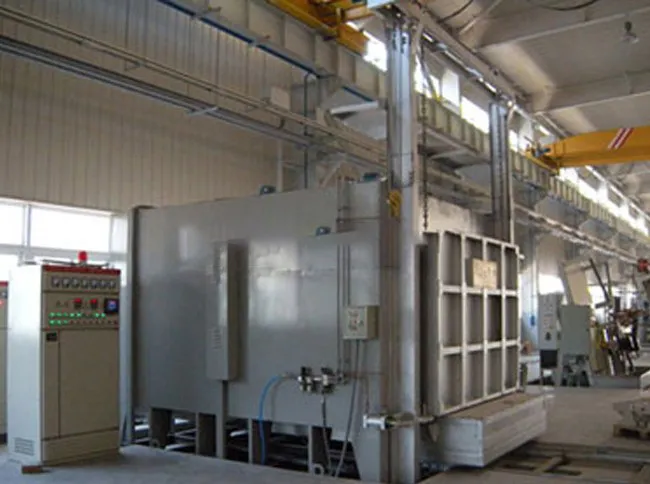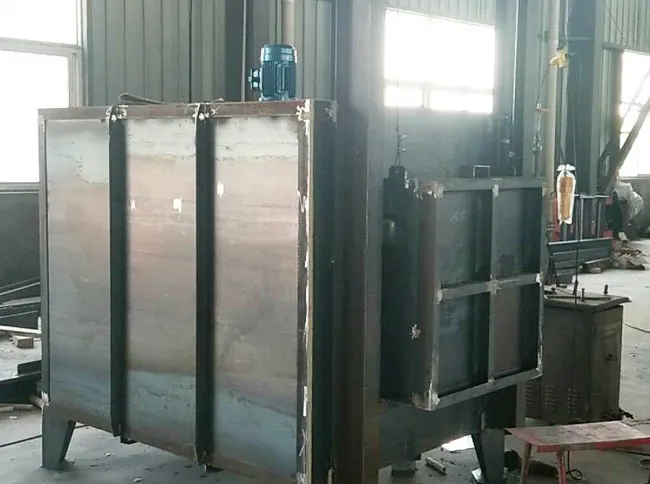- Vacuum furnace & oven
- Annealing Furnace & Oven
- Tempering furnace & oven
-
Carburizing furnace & Ovens
-
Bell Type Furnace
-
Pit Type Furnace & Well Type Furnace
-
Box Furnace & Chamber Furnace
-
Car Bottom Furnace & Bogie Hearth Furnace
-
Nitriding furnace & Ovens
-
Melting furnace & Ovens
- Quenching furnace & Ovens
-
Rapid quenching furnace & Ovens
- Forging furnace & Ovens
- Bright heat treatment furnace & Ovens
Chamber Quenching Furnace & Ovens
Heat treatment furnace manufacturer,Jiangsu Hongtai Industrial Furnace Technology Co., Ltd
Box quenching furnace high efficiency, energy saving, temperature accuracy, high safety factor, for alloy steel products, various mold quenching or annealing, normalizing and other heat treatment purposes.
Chamber Quenching Furnace & Ovens
Precision Quenching Solutions for Optimal Material Properties and Minimal Distortion
Product Introduction
Our Chamber Quenching Furnaces & Ovens are advanced industrial heat treatment systems designed for the rapid and controlled cooling of metal components after high-temperature processes like hardening, carburizing, or carbonitriding. Quenching is a critical step that determines the final microstructure, hardness, strength, and toughness of the material. Our chamber quenching furnaces offer precise control over the cooling rate and medium, ensuring optimal metallurgical properties with minimal distortion and cracking. We provide solutions for various quenching media, including oil, water, polymer, and high-pressure gas, to suit diverse material types and application requirements. These furnaces are essential for manufacturing high-performance components in industries such as automotive, aerospace, tooling, and general machinery, where consistent and reliable material properties are paramount.
Core Advantages for Controlled Quenching
- Precise Cooling Control: Advanced systems allow for accurate regulation of cooling rates, ensuring optimal microstructure formation and desired mechanical properties.
- Versatile Quenching Media: Compatible with various quenching media including oil, water, polymer, and high-pressure gas, offering flexibility for different materials and processes.
- Minimal Distortion & Cracking: Engineered designs and controlled cooling strategies reduce thermal stresses, minimizing distortion and preventing cracking in sensitive components.
- Uniform Quenching: Optimized circulation systems ensure uniform contact between the quenching medium and the workpiece, leading to consistent hardness throughout the load.
- Energy Efficiency: Efficient heating and cooling systems, coupled with high-quality insulation, minimize energy consumption during the entire heat treatment cycle.
- Automated & Safe Operation: Integrated PLC control with comprehensive safety interlocks, real-time monitoring, and data logging for reliable and secure operation.
- Robust Construction: Built with durable materials to withstand the demanding conditions of quenching operations and ensure long-term reliability.
Technical Specifications
| Parameter | Unit | Range/Value | Notes |
|---|---|---|---|
| Maximum Working Temperature | °C | Up to 1300 (for heating prior to quench) | Quenching temperature depends on material |
| Quenching Medium | - | Oil, Water, Polymer, High-Pressure Gas (N2, Ar) | Selectable based on material and desired properties |
| Quenching Tank Capacity | Liters | Customizable | Designed for specific load sizes |
| Rated Power | KW | Varies | For heating and circulation systems |
| Working Chamber (W×H×L) | mm | Customizable | Available in various sizes and configurations |
| Temperature Uniformity (Heating) | °C | ±5 (typical) | Ensures consistent initial state for quenching |
| Control Accuracy | °C | ±1 | Advanced PID control for heating and cooling |
| Cooling Rate | °C/sec | Adjustable | Controlled by medium circulation and temperature |
| Control System | - | PLC + Touchscreen HMI | Advanced automation and data logging |
| Safety Features | - | Quenchant level sensors, Temperature interlocks, Fire suppression (for oil), Emergency shutdown | Ensures safe operation |
Working Principle
Quenching is a rapid cooling process applied to metal components after they have been heated to a high temperature, typically during hardening, carburizing, or carbonitriding. The primary objective of quenching is to transform the material's microstructure to achieve desired properties such as increased hardness and strength. This is achieved by cooling the material quickly enough to prevent the formation of softer, undesirable microstructures.
Chamber quenching furnaces integrate a heating chamber with a quenching system. After the components are heated to the austenitizing temperature in the heating chamber (which can be part of the same furnace or a separate unit), they are rapidly transferred into a quenching medium. The choice of quenching medium (oil, water, polymer, or gas) depends on the material type, desired cooling rate, and the need to minimize distortion. For liquid quenching, the furnace typically includes a tank with a circulating system to ensure uniform flow of the quenchant around the parts, and often a cooling system to maintain the quenchant's temperature.
Gas quenching, particularly high-pressure gas quenching, is common in vacuum furnaces. After heating in vacuum, inert gas (like nitrogen or argon) is rapidly introduced and circulated at high velocity around the components to achieve fast cooling. This method offers advantages in terms of cleanliness, minimal distortion, and environmental friendliness. Regardless of the medium, the effectiveness of quenching relies on uniform and rapid heat extraction from the workpiece. Advanced control systems monitor and regulate the temperature of the heating chamber and the quenching medium, as well as the flow and circulation of the quenchant, to ensure consistent and repeatable results, leading to optimal material properties and minimal defects.
Process Flow
Heating Components
Components are heated to the required austenitizing temperature in the furnace chamber.
Rapid Transfer to Quench
Heated components are quickly transferred from the heating zone to the integrated quenching system.
Controlled Quenching
Components are rapidly cooled in a controlled manner using the selected quenching medium (oil, gas, water, polymer).
Unloading & Post-Treatment
Quenched components are unloaded, often followed by tempering or other post-treatment processes.
Solving Customer Pain Points
Minimizing Distortion and Cracking
Our precise control over cooling rates and uniform quenchant circulation significantly reduces thermal stresses, leading to minimal distortion and preventing cracking in complex or sensitive components.
Achieving Desired Material Hardness & Strength
By ensuring optimal cooling rates, our furnaces help achieve the precise hardness, strength, and microstructure required for high-performance applications, maximizing component reliability.
Ensuring Uniform Properties Throughout the Load
Advanced circulation systems for liquid and gas quenchants guarantee uniform heat extraction from all parts, resulting in consistent metallurgical properties across the entire batch.
Reducing Post-Quench Rework
The ability to minimize distortion and achieve desired properties in a single step reduces the need for costly and time-consuming post-quench machining or straightening operations.
Versatility for Diverse Materials & Applications
Our furnaces support a wide range of quenching media, providing the flexibility to process various steel alloys and non-ferrous metals for diverse industrial applications.
Ensuring Process Repeatability & Traceability
Automated PLC control with comprehensive data logging ensures consistent and traceable quenching results, meeting stringent quality standards for critical components.
Customer Success Stories
A precision tooling manufacturer reduced component distortion by 40% and improved tool life by 20% after implementing our gas quenching furnace, demonstrating superior control over the hardening process.
Customized Services
We offer comprehensive customization services for our chamber quenching furnaces, including tailored chamber dimensions, specific quenching media systems (oil, water, polymer, gas), and integration with existing heat treatment lines. Our engineering team works closely with clients to design solutions that precisely meet their unique material types, component geometries, desired cooling rates, and production throughput requirements, ensuring optimal performance and seamless integration into their heat treatment processes.
Related Keywords
chamber quenching furnace, industrial quenching oven, rapid cooling furnace, controlled quenching, heat treatment quenching, oil quenching, gas quenching, water quenching, polymer quenching, precision heat treatment, metallurgical equipment, hardening furnace, steel quenching, aluminum quenching
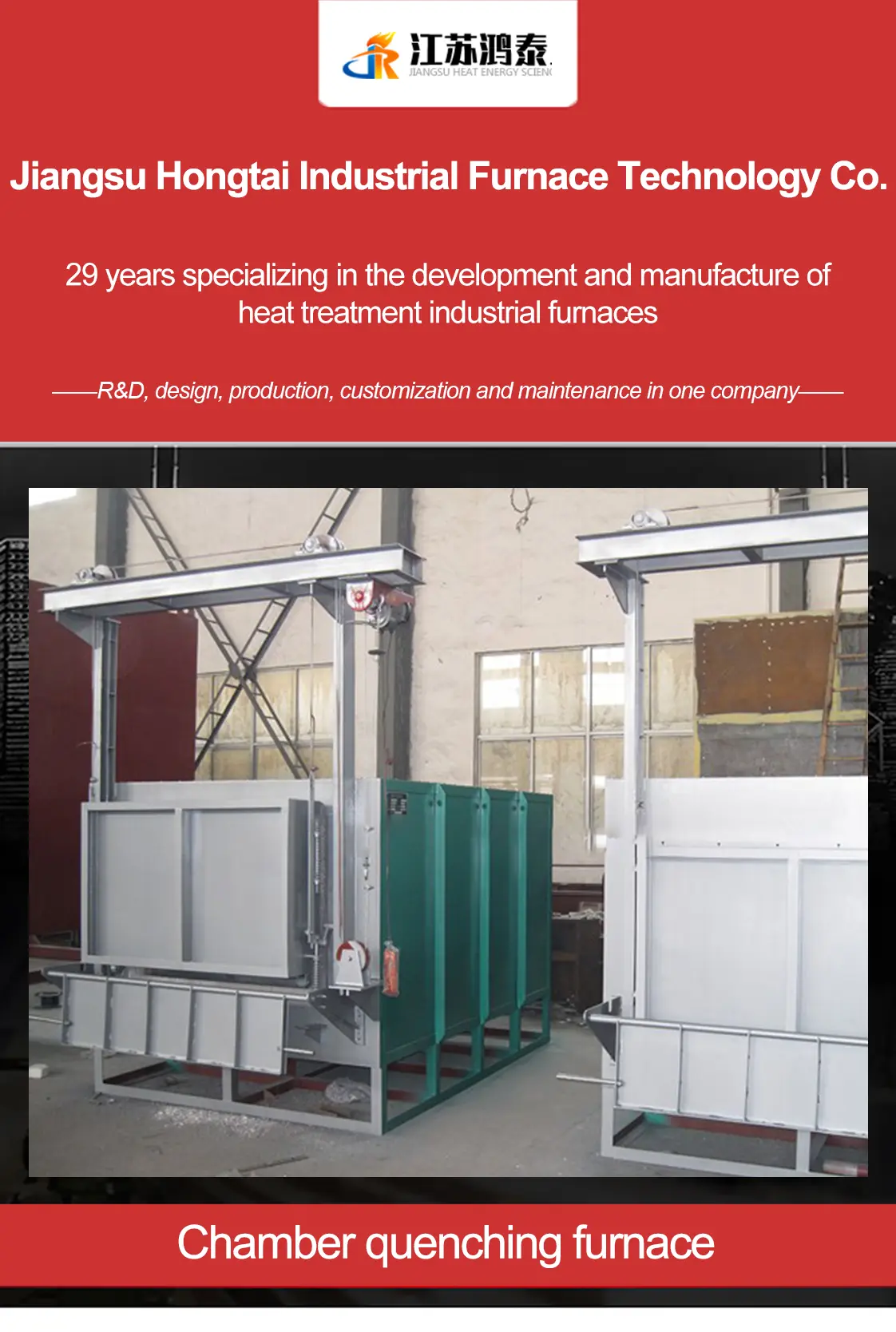
Industrial Value and Application Products
- Automotive Transmission Parts: Gears, shafts, and other components requiring high wear resistance and fatigue strength.
- Bearing Components: Races and rolling elements for various types of bearings.
- Cutting Tools: Drills, reamers, and other cutting implements that need exceptional hardness.
- Hydraulic and Pneumatic Components: Valves, pistons, and cylinders that operate under high pressure and require durable surfaces.
- Aerospace Fasteners: Critical fasteners where precise hardening and surface integrity are essential for safety and performance.
Box-type quenching furnace high efficiency, energy saving, precise temperature, high safety coefficient.
Use: for alloy steel products, various mold quenching or annealing, normalizing and other heat treatment.
The furnace is a new generation of high-performance electromechanical integration of intelligent products, suitable for coal and carbon, electronics, electric power, chemical industry, metallurgy, cement, ceramics, machinery, building materials, refractory materials, special materials, new materials development, geological exploration, medicine and scientific research in the industry for industrial analysis, experiments, production.
Box quenching furnace product features
1. The inner liner is high-temperature silicon carbide hearth or imported ceramic fiber whole vacuum-formed hearth, the hearth four sides of the heat, not only uniform heat, fast heat conduction, good heat preservation, power saving and energy saving; but also better protection of the heating body.
2. The outer and middle barrels are made of steel plate with fine powder baking paint, and the structure adopts the hollow ventilation and heat dissipation method of inner and outer barrels, which has good heat preservation and avoids the surface temperature of the furnace body from being too high.
3. The heat preservation material is imported high-density ceramic fiber cotton board.
4. Anti-tight forcing material for ceramic fiber cotton board cut as a whole, soft and hard combination of good sealing.
5. Temperature control: microcomputer PID automatic algorithm function, LED subtitle display, Note: can be configured according to customer requirements of multi-segment program control (optional).
6. Sensitive temperature into the force (K) TYPE output of 12V, temperature-sensitive body using ceramic protective high-temperature detection body.
7. Current controller for the import of S S R no contact R elay.
8. Top-level heat generator, even and smooth heating, long service life.
9. Time control: with timer, temperature to time, time to automatic shutdown.
10. The whole system is equipped with smoke outlet.
11. Nitrogen-filled interface can be configured according to customer requirements (optional).
